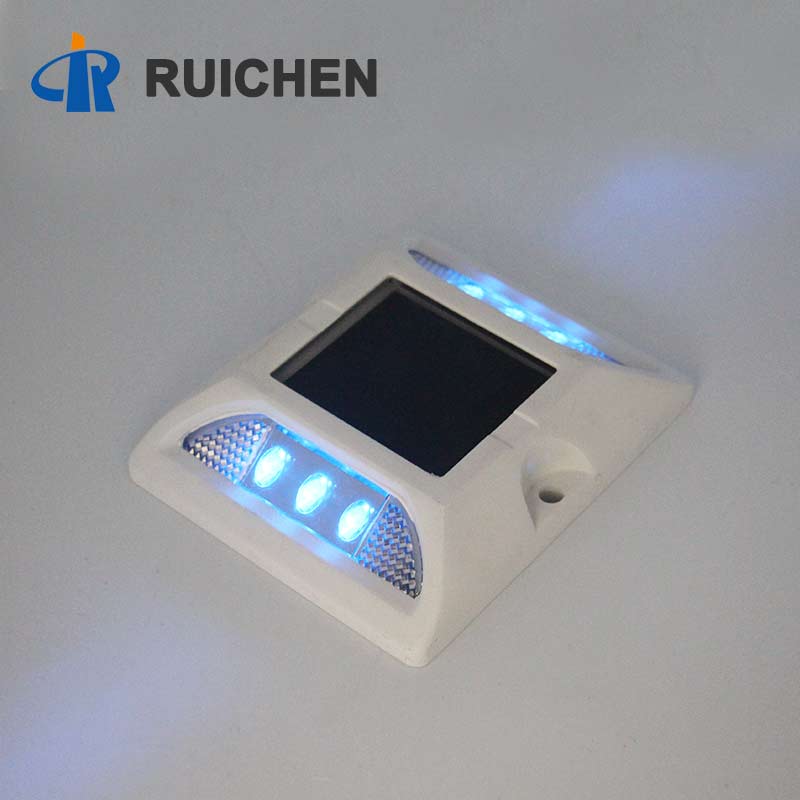
Load Bearing: More Than 30 Tons
Warranty: 18 Months
Body material: GB Cast Aluminium alloy
Power supply: USA Brand Flexible High Efficient Solar Panel (2.5V/0.38W)
Visual distance: > 800m
Working Mode: Flashing or Constant
Waterproof: IP68
Shank: With shank or Without shank
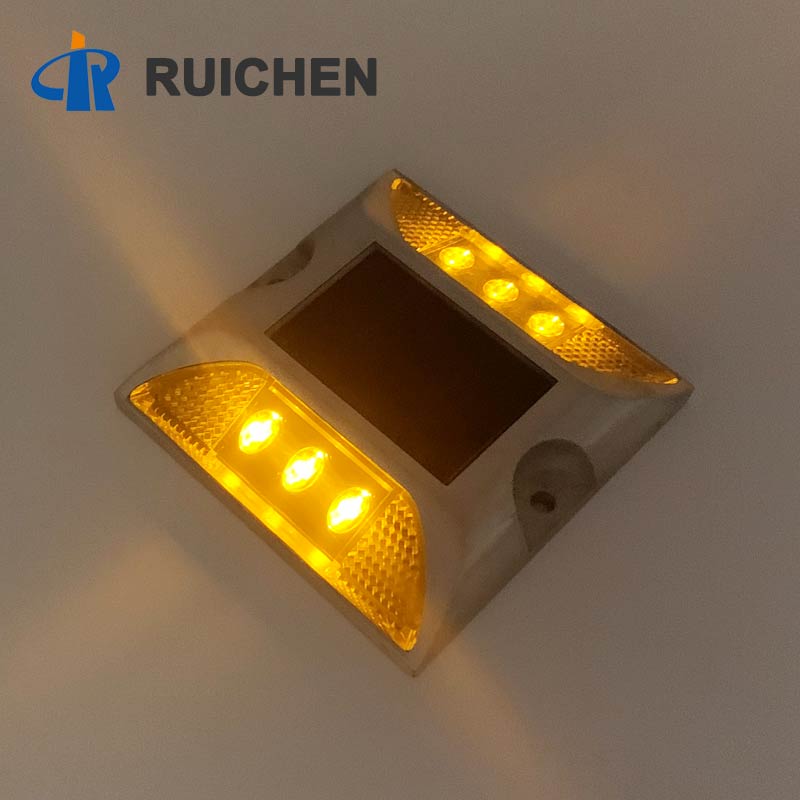
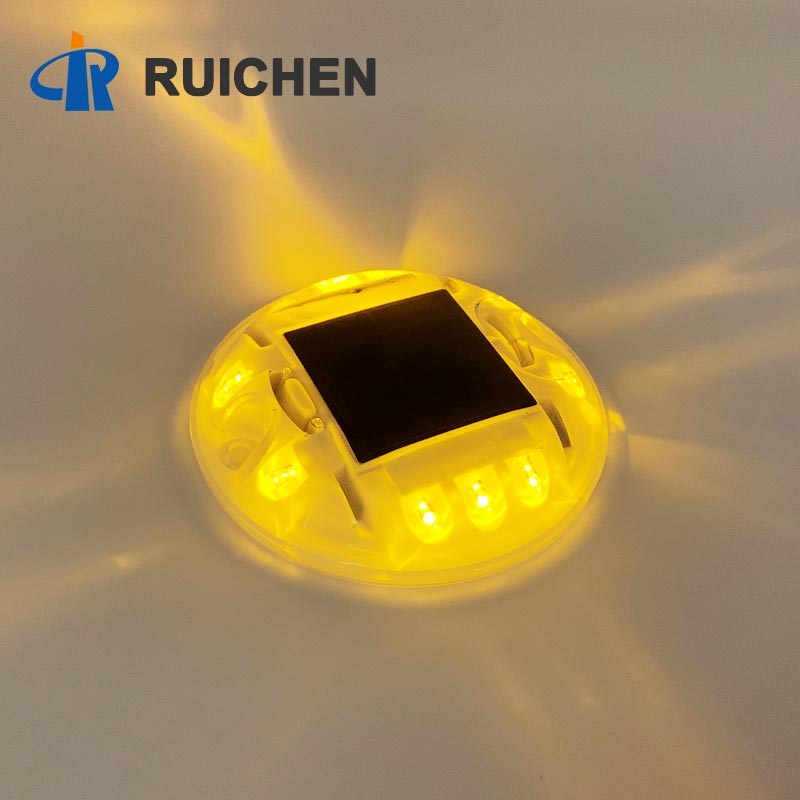
Body material: PC(Japan Brand)
Warranty: 12 Months
Power supply: USA Brand Flexible High Efficient Solar Panel 5V/0.4W
Visual distance: > 800m
Load Bearing: 20 Tons
Working Mode: Flashing or Constant
Waterproof: IP68
Shank: Without shank
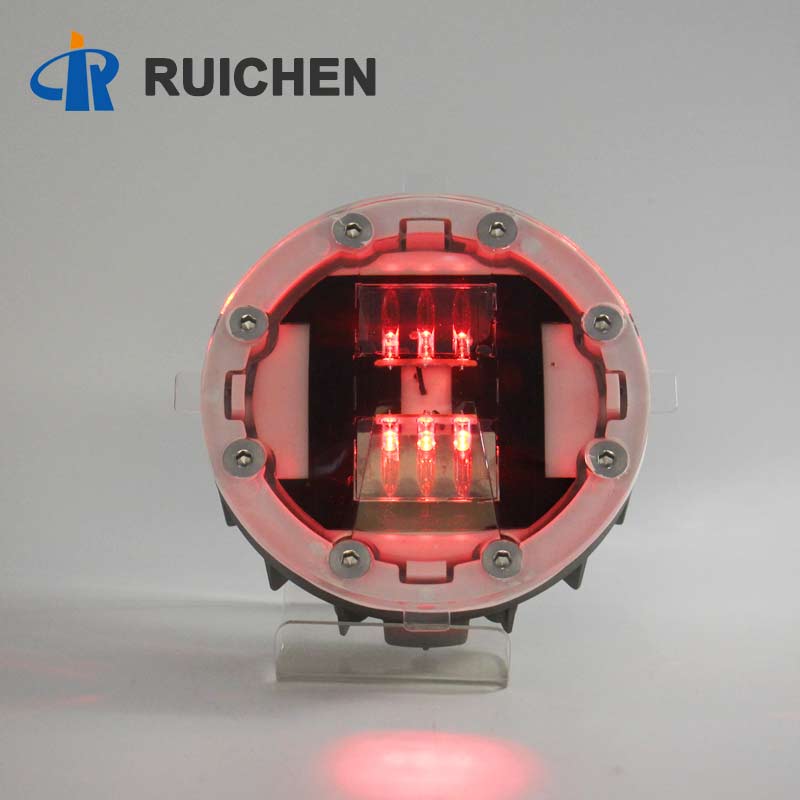
Load Bearing: More Than 40 Tons (can be installed in the middle of the road)
Warranty: 18 Months
Body material: Aluminium(GB-ADC-12)+PC(Japan Brand)
Power supply: USA Brand Flexible High Efficient Solar Panel
Visual distance: > 800m
Working Mode: Flashing or Constant
Waterproof: IP68

Load Bearing: More Than 30 Tons
Warranty: 18 Months
Body material: GB Cast Aluminium alloy
Power supply: USA Brand Flexible High Efficient Solar Panel (2.5V/0.38W)
Visual distance: > 800m
Working Mode: Flashing or Constant
Waterproof: IP68
Shank: With shank or Without shank


Body material: PC(Japan Brand)
Warranty: 12 Months
Power supply: USA Brand Flexible High Efficient Solar Panel 5V/0.4W
Visual distance: > 800m
Load Bearing: 20 Tons
Working Mode: Flashing or Constant
Waterproof: IP68
Shank: Without shank

Load Bearing: More Than 40 Tons (can be installed in the middle of the road)
Warranty: 18 Months
Body material: Aluminium(GB-ADC-12)+PC(Japan Brand)
Power supply: USA Brand Flexible High Efficient Solar Panel
Visual distance: > 800m
Working Mode: Flashing or Constant
Waterproof: IP68

Load Bearing: More Than 30 Tons
Warranty: 18 Months
Body material: GB Cast Aluminium alloy
Power supply: USA Brand Flexible High Efficient Solar Panel (2.5V/0.38W)
Visual distance: > 800m
Working Mode: Flashing or Constant
Waterproof: IP68
Shank: With shank or Without shank


Body material: PC(Japan Brand)
Warranty: 12 Months
Power supply: USA Brand Flexible High Efficient Solar Panel 5V/0.4W
Visual distance: > 800m
Load Bearing: 20 Tons
Working Mode: Flashing or Constant
Waterproof: IP68
Shank: Without shank

Load Bearing: More Than 40 Tons (can be installed in the middle of the road)
Warranty: 18 Months
Body material: Aluminium(GB-ADC-12)+PC(Japan Brand)
Power supply: USA Brand Flexible High Efficient Solar Panel
Visual distance: > 800m
Working Mode: Flashing or Constant
Waterproof: IP68
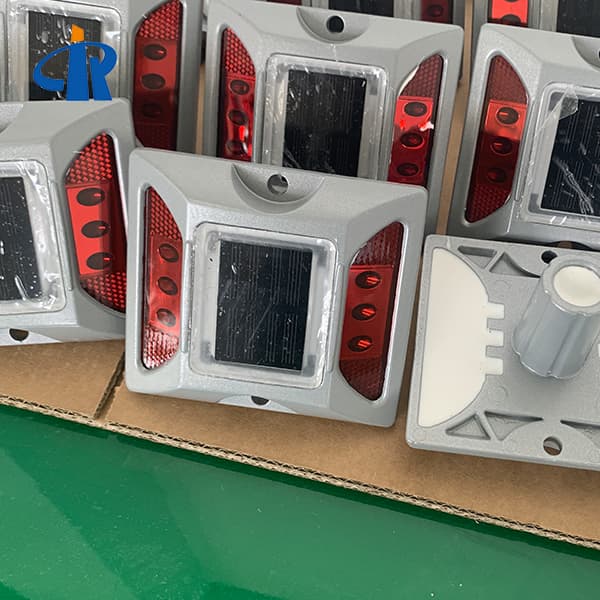



Q1: What about the application of the road stud? A1: Road Delineation,Accident black-spots / cluster sites,Hazardous road layouts,Areas adversely affected by poor visibility, Cycle path, Car parks, Side lines of highway, road sides, partition areas, bridge roads, road curves, T-Intersection, highway exits and many more applications.

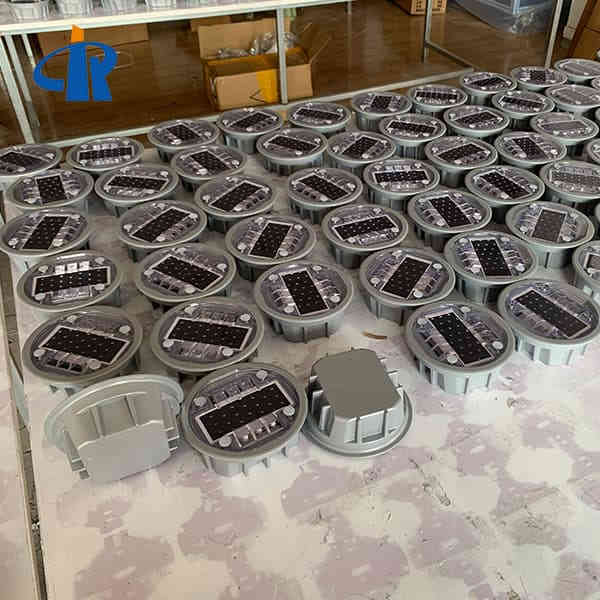
May 27, 2021 · Description. Road studs come in different sizes and are available in aluminum, rigid ABS plastic or glass. They are built to be able to withstand heavy loads and severe impacts. They can have reflectors on either one, both or all sides. The reflectors can be or various colours depending upon their intended use.
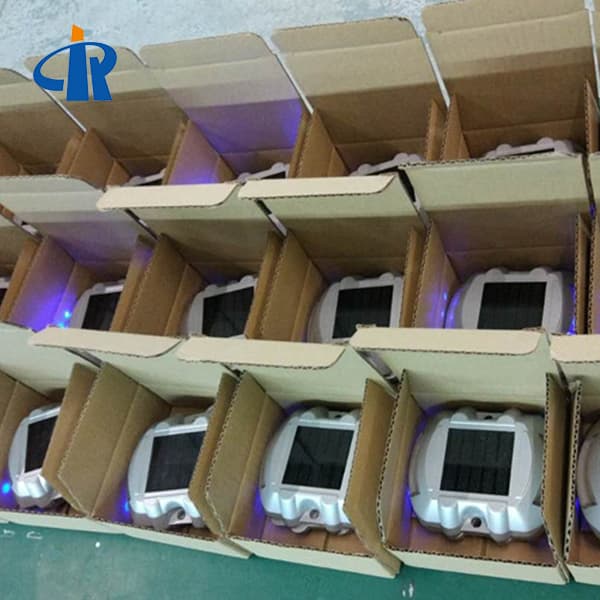
Jul 24, 2017 · Cat’s Eye on the road surface by Zoney (CC BY-SA 3.0) The Cat’s Eye was invented in 1933 by Percy Shaw of Boothtown, a suburb of Halifax, England. It features reflective glass spheres set inside a rubber and cast-iron housing. Each unit is complex and dynamic, its various materials engineered to serve a variety of clever functions.

The standard requirements of road studs are divided in the 3 categories-. 1. Construction Requirement. The road stud shall be manufactured of materials with adequate chemical, water, and UV resistance. The height and width of the road stud shall not exceed 20.3 mm (0.80 in.) and 130 mm (5.1 in.) respectively.
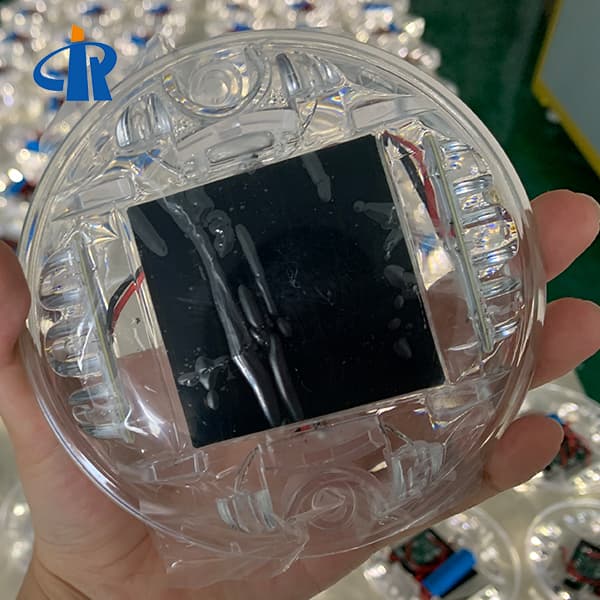
3M™ Raised Pavement Markers Series 290 Product Bulletin RPM Series 290 May 2020 1 Description 3M™ Raised Pavement Markers Series 290 are Retroreflective Road Studs, designed for application on asphalt and concrete road surfaces. The markers are designed to provide highly effective, long-term nighttime visibility in non-snow plow regions.

Made of thermoplastic, blue markers are rectangular with ramped sides and contain a highly retroreflective micro prismatic lens under an abrasion-resistant coating. This translates to high visibility at a distance, and bidirectional reflection. In other words, they are visible from both directions, in adherence to the Australian standard.

We combine the highest quality, great customer care and a best value approach in our services with latest technology of Road Marking. We pride ourselves on prompt, reliable service with competitive rates and professional quality work. We are committed to achieving sustainability and focus on complying with safety & environmental procedures.

Nov 9, 2022 · The top of the road stud’s enveloping profile must be smooth, and studs must not have sharp edges. The reflecting surfaces of the studs must be free of cracks or ledges where dirt can collect. The marker’s height should not be less than 10 mm and should not be greater than 20 mm, and its width should not be greater than 130 mm.

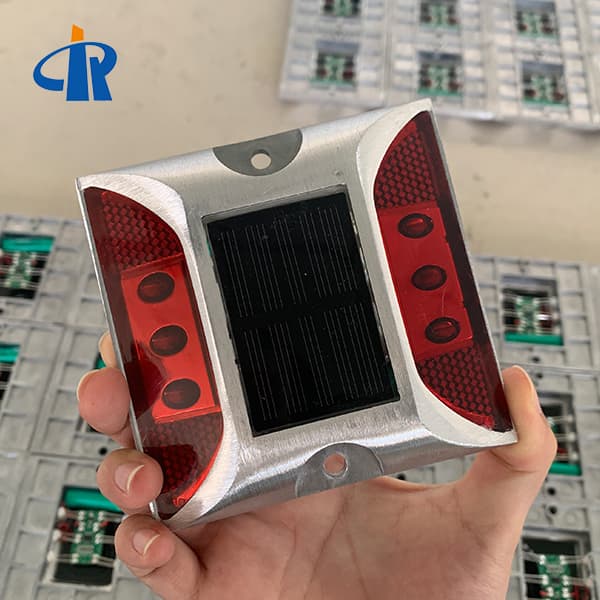
Red marks the left edge of a motorway. On unlit rural roads the studs are in groups of four, one metre apart, with 10m between each group. Only one of the group of four road studs is required to be reflective. On no overtaking advance warning lines they are spaced 20m apart. Red cat’s eyes mark the left edge of the carriageway and white cat

Oct 26, 2020 · Blue road markers are used to mark fire hydrants and other water supplies. They are normally installed 100mm from the line on the road shoulder, enabling easy location of a fire hydrant or water source. Blue markers shouldn’t be used for other pavement marking purposes. Using stick ‘n’ stomps or temporary reflective markers